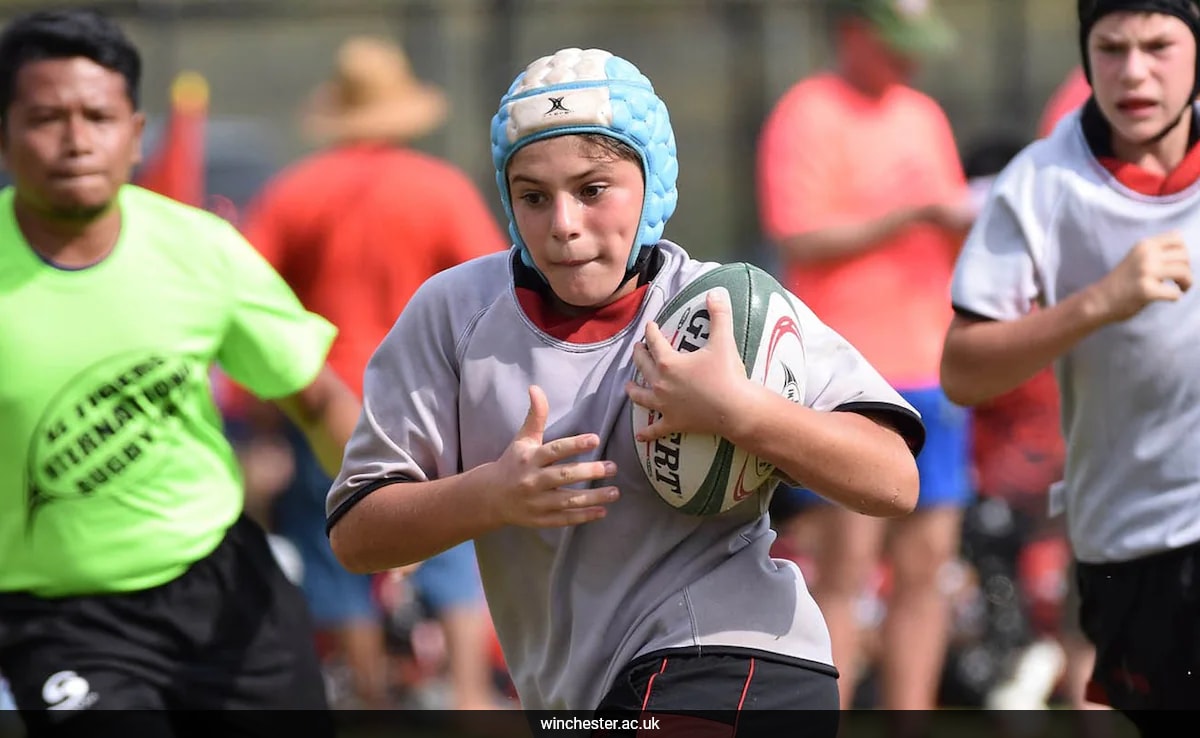
Rugby is a team sport played with an oval-shaped ball on a rectangular field.
Rugby is a popular team sport that originated in England in the early 19th century and has a rich history and passionate fanbase. However, recent research suggests that authorizing children to engage in contact sports like rugby and boxing should be viewed as a potential form of harm to the child’s brain.
The study found strong evidence linking impact sports to serious brain injuries in children, raising legal concerns. The researchers argue this harm violates child abuse laws in the UK and contradicts policies within sports organizations themselves.
“Sports for children should not intentionally harm their brains. They should focus on fun, health, and social development rather than conditioning them to play elite-level sports,” said Professor Eric Anderson, Professor of Sport at the University of Winchester, who led the study.
The study has been accepted for publication in the next edition of Sports, Ethics, and Philosophy: Journal of the British Philosophy of Sport Association.
Dr Keith Parry, Head of the Department for Sport and Event Management at Bournemouth University, said: “Tackle versions of rugby or American football might be fun, but there are no proven physical or mental health benefits in taking blows to the head, compared to safer, non-contact versions.
“The FA was concerned enough by the dangers of head injuries to introduce guidelines to restrict the amount of heading in junior football training. Other, even more injurious sports should follow and remove intentional collisions.”
“Many sports bodies define child abuse within their safeguarding policies with phrases such as ‘hitting’,’shaking’, or ‘causing physical harm’,” explained Gary Turner, who has won kickboxing and Thai boxing world titles and is finishing a PhD at Winchester on combat sports and brain trauma.
“You cannot be complicit in allowing young bodies and heads to collide with each other and call it a safe environment,” he added.
“These collisions cause cognitive harm and increase the risk of neurodegenerative diseases and dementia; they are therefore abusive to a child’s brain,” Professor Anderson said.
“Cultural perception is that striking a child outside of sport is abuse, but striking a child in sport is somehow socially acceptable. We are trying to change that. It doesn’t matter what the social context is; the brain is damaged in both, he continued.
The research makes a clear differentiation between sports intentionally involving physical impact, like rugby, and those where collisions are incidental, such as basketball. The researchers underline that their guidelines specifically pertain to the involvement of children.
“Despite the fact that we are sport scholars, some will dismiss our claims as being anti-sport or trying to wrap children in cotton wool. But the evidence of abuse to children’s brains is a medical reality. Impact sports should thus be regulated. Schools and clubs must not allow children to be exposed to harm when they engage in sport. Society should recognise this brain abuse as a distinct form of child abuse,” Professor Anderson said.




